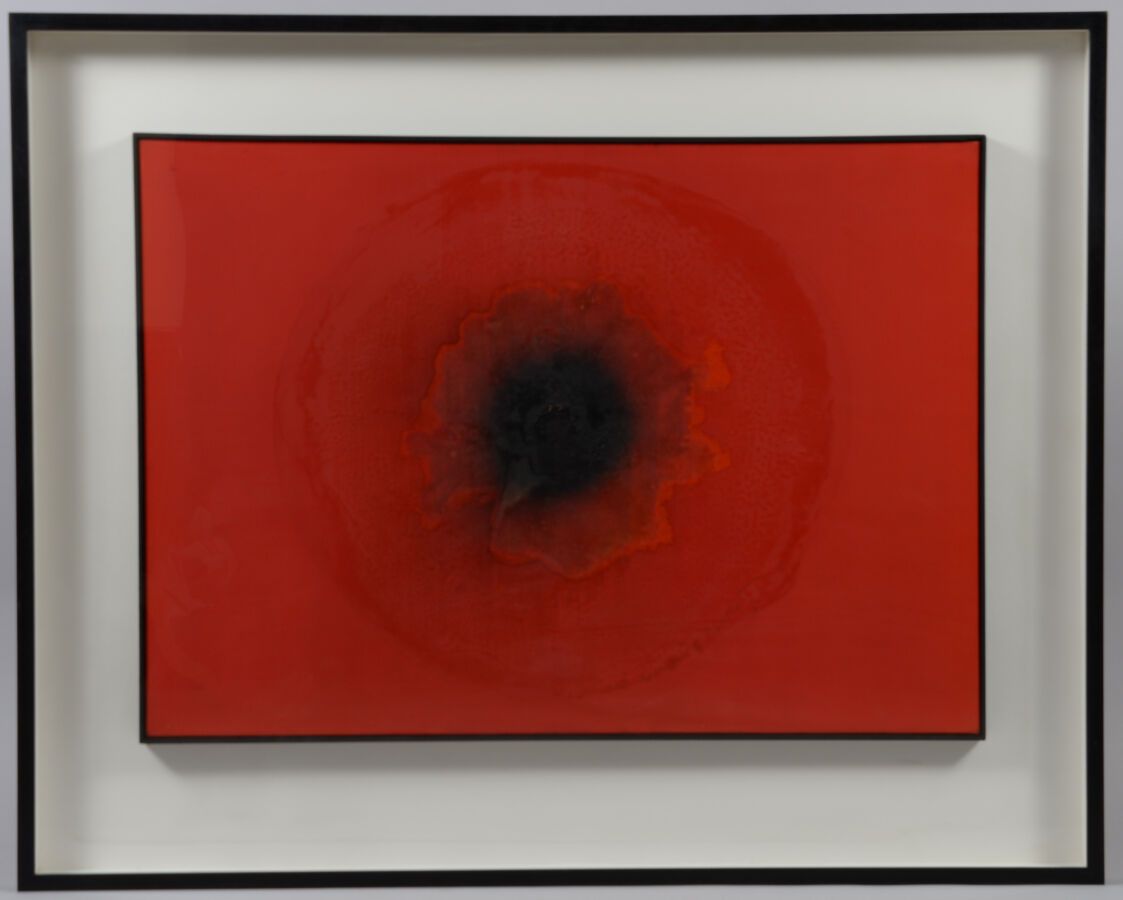Description
Otto PIENNE (1928-2014) Fire flower' (Bridge Edge), 1963/64 Oil and smoke on canvas, titled, annotated "Piene" and dated on the back on the mount. 68 x 95.5 cm Exhibition : GROUP ZERO, Mc ROBERTS AND TUNNARD GALLERY, Jun 23-July 18 1964, London, N°13 of the catalog
64
Otto PIENNE (1928-2014) Fire flower' (Bridge Edge), 1963/64 Oil and smoke on canvas, titled, annotated "Piene" and dated on the back on the mount. 68 x 95.5 cm Exhibition : GROUP ZERO, Mc ROBERTS AND TUNNARD GALLERY, Jun 23-July 18 1964, London, N°13 of the catalog
You may also like
